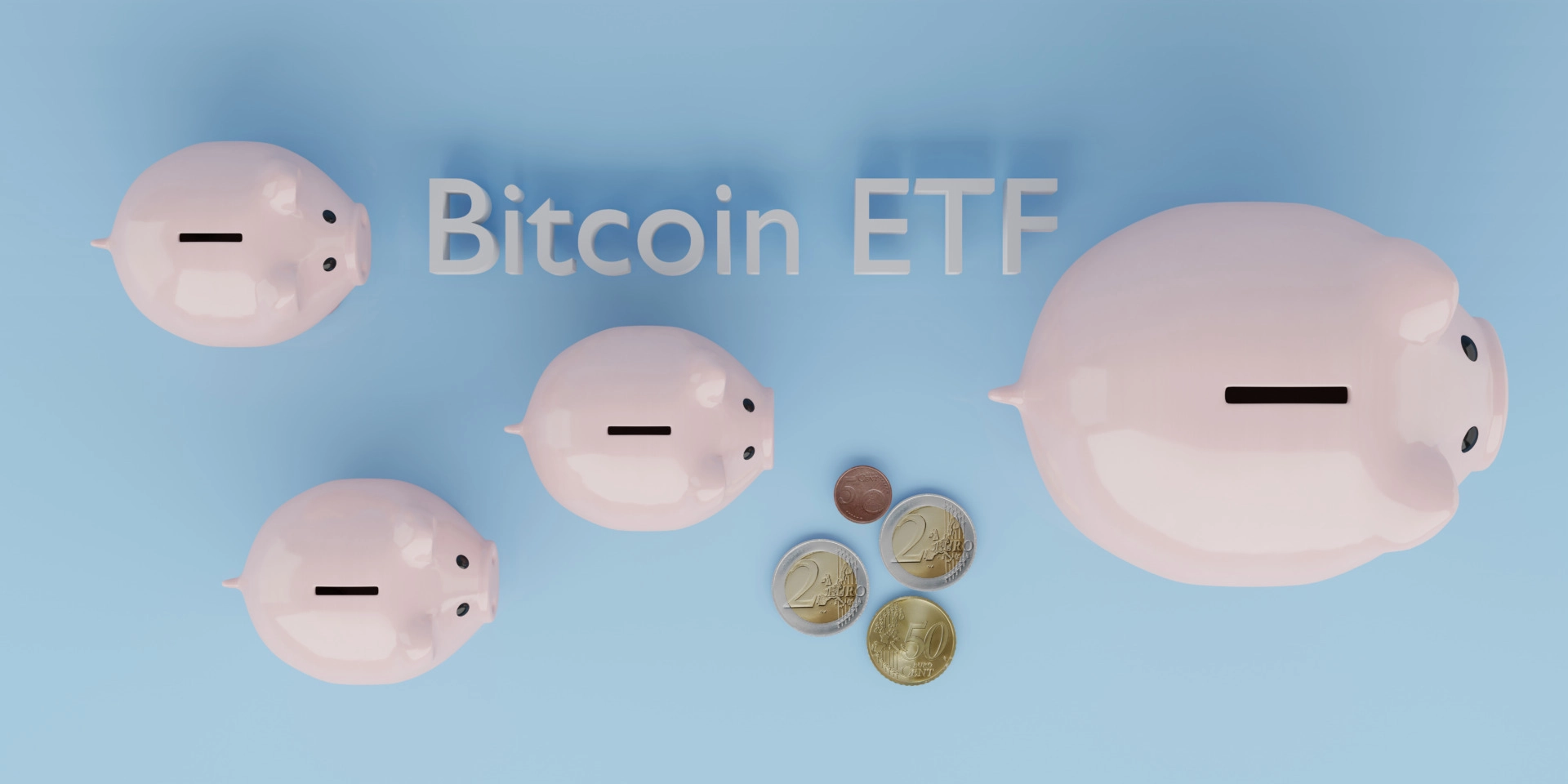WTI continues to rise toward $69.00 due to improved demand outlook in China
- WTI price appreciates as China announced plans to adopt proactive fiscal stimulus measures next year.
- API Weekly Crude Oil Stock rose by 0.499 million barrels against an expected decrease of 1.30 million barrels.
- Traders are anticipating the upcoming OPEC Monthly Oil Market Report to evaluate crude Oil market trends for the year ahead.
West Texas Intermediate (WTI) Oil price extends its gains for the third successive session, trading around $68.80 per barrel during Asian hours on Wednesday. Crude Oil prices gained ground as the demand outlook improved following the Politburo’s announcement that China to adopt a “moderately loose” monetary policy and a “more proactive” approach to fiscal stimulus next year. This would mark a departure from the more cautious tone of the past decade. potentially boosting energy demand from the world’s largest crude importer.
Additionally, China's crude Oil imports increased in November for the first time in seven months, rising over 14% year-on-year. On the supply side, the American Petroleum Institute (API) weekly report showed that US crude Oil stockpiles rose by 0.499 million barrels for the week ending December 6, compared to a 1.232 million-barrel increase in the previous week. Market expectations had anticipated a decrease of 1.30 million barrels.
Moreover, escalating geopolitical tensions in the Middle East could lend support to WTI prices. Over the weekend, turbulence intensified as Syrian President Bashar al-Assad and his family fled to Moscow, where they were granted political asylum, marking the end of a 50-year dictatorship.
Meanwhile, investors are closely monitoring key US inflation data, which could shape the Federal Reserve's interest rate outlook. The US CPI inflation is estimated to rise to 2.7% YoY in November from 2.6% in October. Meanwhile, the core CPI, excluding Food & Energy, is expected to remain consistent at a 3.3% increase YoY. Traders are now pricing in nearly an 85.8% chance of Fed rate reductions by 25 basis points, according to the CME FedWatch Tool.
Traders are expected to closely monitor the upcoming OPEC Monthly Oil Market Report (MOMR), which addresses key issues impacting the global Oil market and offers a forecast for crude Oil market trends in the year ahead.
WTI Oil FAQs
WTI Oil is a type of Crude Oil sold on international markets. The WTI stands for West Texas Intermediate, one of three major types including Brent and Dubai Crude. WTI is also referred to as “light” and “sweet” because of its relatively low gravity and sulfur content respectively. It is considered a high quality Oil that is easily refined. It is sourced in the United States and distributed via the Cushing hub, which is considered “The Pipeline Crossroads of the World”. It is a benchmark for the Oil market and WTI price is frequently quoted in the media.
Like all assets, supply and demand are the key drivers of WTI Oil price. As such, global growth can be a driver of increased demand and vice versa for weak global growth. Political instability, wars, and sanctions can disrupt supply and impact prices. The decisions of OPEC, a group of major Oil-producing countries, is another key driver of price. The value of the US Dollar influences the price of WTI Crude Oil, since Oil is predominantly traded in US Dollars, thus a weaker US Dollar can make Oil more affordable and vice versa.
The weekly Oil inventory reports published by the American Petroleum Institute (API) and the Energy Information Agency (EIA) impact the price of WTI Oil. Changes in inventories reflect fluctuating supply and demand. If the data shows a drop in inventories it can indicate increased demand, pushing up Oil price. Higher inventories can reflect increased supply, pushing down prices. API’s report is published every Tuesday and EIA’s the day after. Their results are usually similar, falling within 1% of each other 75% of the time. The EIA data is considered more reliable, since it is a government agency.
OPEC (Organization of the Petroleum Exporting Countries) is a group of 12 Oil-producing nations who collectively decide production quotas for member countries at twice-yearly meetings. Their decisions often impact WTI Oil prices. When OPEC decides to lower quotas, it can tighten supply, pushing up Oil prices. When OPEC increases production, it has the opposite effect. OPEC+ refers to an expanded group that includes ten extra non-OPEC members, the most notable of which is Russia.
Information on these pages contains forward-looking statements that involve risks and uncertainties. Markets and instruments profiled on this page are for informational purposes only and should not in any way come across as a recommendation to buy or sell in these assets. You should do your own thorough research before making any investment decisions. FXStreet does not in any way guarantee that this information is free from mistakes, errors, or material misstatements. It also does not guarantee that this information is of a timely nature. Investing in Open Markets involves a great deal of risk, including the loss of all or a portion of your investment, as well as emotional distress. All risks, losses and costs associated with investing, including total loss of principal, are your responsibility. The views and opinions expressed in this article are those of the authors and do not necessarily reflect the official policy or position of FXStreet nor its advertisers. The author will not be held responsible for information that is found at the end of links posted on this page.
If not otherwise explicitly mentioned in the body of the article, at the time of writing, the author has no position in any stock mentioned in this article and no business relationship with any company mentioned. The author has not received compensation for writing this article, other than from FXStreet.
FXStreet and the author do not provide personalized recommendations. The author makes no representations as to the accuracy, completeness, or suitability of this information. FXStreet and the author will not be liable for any errors, omissions or any losses, injuries or damages arising from this information and its display or use. Errors and omissions excepted.
The author and FXStreet are not registered investment advisors and nothing in this article is intended to be investment advice.



